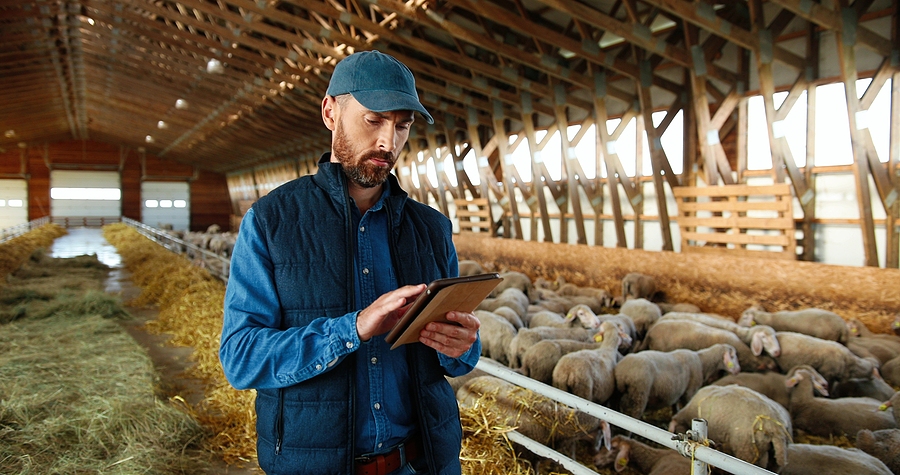Managing a sheep farm can be as rewarding as it is challenging, especially when it comes to balancing costs with productivity. Fortunately, there are several cost-effective strategies that can significantly enhance the efficiency and profitability of your sheep farming operations. This article delves into eight practical solutions that any sheep farmer can implement to achieve better results without breaking the bank.
1. Streamline Feeding Practices
Optimising your feeding strategy is essential for managing costs while ensuring that your sheep receive adequate nutrition. Consider bulk buying feed or growing your own feed crops to reduce expenses. Implementing a controlled feeding system can also help minimise waste and overfeeding, which are common issues that lead to unnecessary expenditure.
2. Regular Health Checks and Vaccinations
Preventive healthcare is more cost-effective than treating diseases after they’ve affected your herd. Regular health checks and keeping up with vaccinations can prevent outbreaks of diseases such as foot rot, scab, or bluetongue, which can be costly to manage and detrimental to productivity. Establish a health schedule and stick to it diligently.
3. Invest in Durable Sheep Handling Equipment
Efficient management of sheep, especially during shearing, treatment, and sorting, relies significantly on having the right equipment. Investing in durable sheep handling equipment for sale can reduce the time and labour required to manage these tasks safely and efficiently. Look for equipment that is robust, easy to use, and adaptable to the needs of your farm.
4. Adopt Rotational Grazing
Similar to cattle farming, rotational grazing is a valuable practice for sheep farming. This method allows pastures to recover, improves soil health, and reduces the dependence on supplementary feeds. Rotational grazing can also help manage parasites, a common problem in sheep which can be costly to treat.
5. Use Genetic Selection to Improve Stock
Genetic selection is a powerful tool for improving the productivity and disease resistance of your flock. By choosing rams and ewes based on traits such as fertility, wool quality, and overall health, you can gradually improve your herd’s performance. This long-term strategy can lead to significant cost savings and improved yields.
6. Implement Simple Technology Solutions
Leveraging technology does not always mean significant investments. Simple tools like electronic tagging systems can help manage breeding programs and keep track of individual health records. Mobile apps designed for farm management can also streamline the administrative side of your operations, saving time and reducing errors.
7. Train Your Team Effectively
Having a well-trained team is crucial for efficient farm operations. Ensure that all personnel are knowledgeable about best practices in sheep care, handling, and emergency response. This investment in training not only improves efficiency but also enhances animal welfare and worker safety, reducing the risk of costly accidents or mismanagement.
8. Maintain Equipment and Facilities
Regular maintenance of your facilities and handling equipment ensures that operations run smoothly and helps avoid unexpected repair costs. Routine checks and repairs can extend the life of your equipment and facilities, providing better returns on your investments.
Key Takeaways for Sheep Farm Success
Enhancing the efficiency and reducing the costs of running a sheep farm is achievable with thoughtful strategies and careful management. From improving feeding practices and health management to investing in quality sheep handling equipment and embracing simple technology, these eight solutions offer practical pathways to a more productive and profitable sheep farm.
As you apply these tips, remember that every small change contributes to a larger impact on your farm’s success. For more insights into sustainable farming practices, explore topics like regenerative agriculture, which focuses on restoring and enhancing the health of your farm’s ecosystem.


Recent Comments